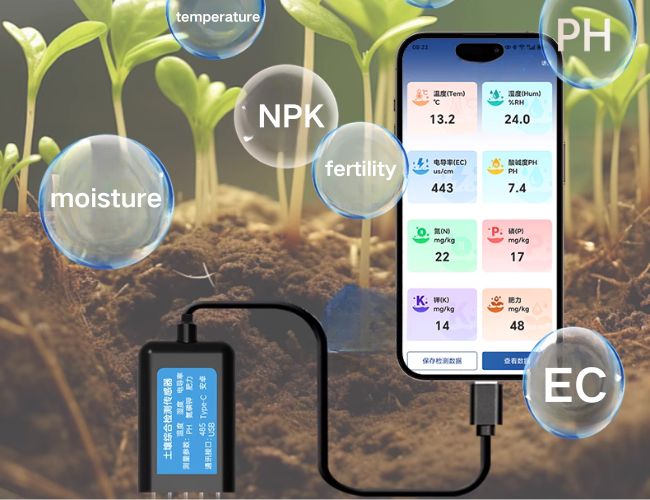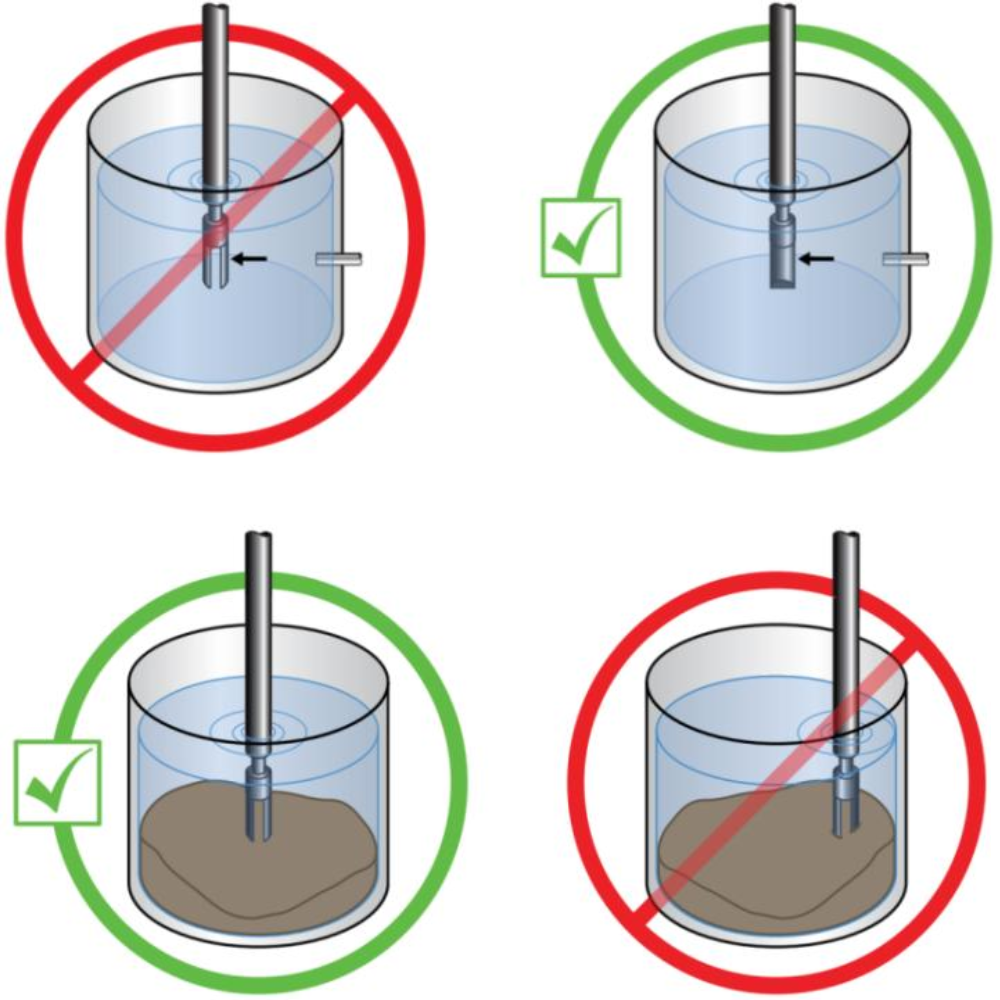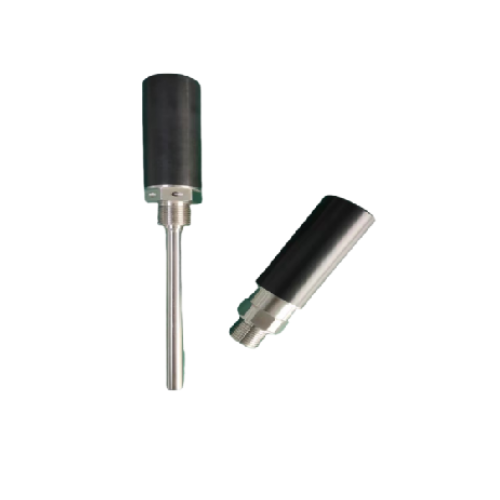Sanitary Pressure Transmitter is also called a Hygienic pressure transmitter or tri-clamp pressure transmitter. A pressure transmitter’s primary function is to measure pressure and convert it into an electrical signal, which can be easily interpreted and utilized for various purposes. The ‘sanitary’ aspect of these devices refers to their ability to maintain cleanliness and sterility in the environment where they are used. The health sector, especially, requires such sanitary measures to ensure patient safety and wellness.

In the health sector, the use of pressure transmitter sanitary is crucial as it helps monitor and control pressure in different types of equipment and systems. These devices have become an essential part of health care facilities, contributing significantly to maintaining high hygiene standards and ensuring efficient operations. From monitoring air pressure in operating rooms to controlling pressure in sterilizers, these devices play a critical role in various applications.
Understanding the functionality and benefits of pressure transmitter sanitary is essential for health professionals. This article discusses these aspects and explores the role of these devices in the health sector.
Understanding the Functionality of Sanitary Type Pressure Transmitter
A sanitary type pressure transmitter works by converting pressure into an electronic signal, which can be easily read and interpreted. The device consists of a pressure sensor, an amplifier, and a converting unit. The pressure sensor detects changes in pressure, the amplifier amplifies the detected signal, and the converter transforms the amplified signal into a format that can be read and interpreted.
The unique feature of a sanitary type pressure transmitter is its design. It is designed to ensure cleanliness and sterility, making it ideal for use in the health sector. These devices are made of materials that can be easily cleaned and sterilized, and they have no crevices or corners where dirt or bacteria can accumulate, making them safe for use in environments where hygiene is a top priority.
Sanitary type pressure transmitters are also designed to withstand harsh cleaning and sterilizing procedures. They can resist high temperatures and harsh cleaning agents, ensuring their longevity and reliability. The robustness of these devices makes them a valuable asset in the health sector, where equipment and devices are regularly cleaned and sterilized.
Features and Benefits of Sanitary Differential Pressure Transmitter
A sanitary differential pressure transmitter is a type of pressure transmitter that measures the difference in pressure between two points. This type of device is particularly beneficial in the health sector, where precise pressure control is essential for patient safety and treatment efficacy.
One of the key features of a sanitary differential pressure transmitter is its high accuracy. These devices can provide accurate readings, enabling health professionals to monitor and control pressure effectively. This accuracy is crucial in applications like ventilation systems and sterilizers, where a slight deviation in pressure can have significant impacts.
Another benefit of sanitary differential pressure transmitters is their durability and resilience. These devices are designed to withstand harsh conditions, including high temperatures and corrosive materials. This resilience is particularly beneficial in the health sector, where equipment is often exposed to harsh cleaning and sterilizing procedures.
Additionally, sanitary differential pressure transmitters are easy to install and maintain. Their simple design allows for easy installation, and their robust construction requires minimal maintenance. This ease of use makes them an ideal choice for health care facilities, where efficiency and reliability are paramount.
Significance of Flush Diaphragm in Pressure Transmitters
The flush diaphragm is a critical component of pressure transmitters, especially those used in sanitary applications. The diaphragm is the part of the device that comes in direct contact with the medium whose pressure is being measured. In sanitary applications, this diaphragm needs to be free of crevices or corners where bacteria or dirt might accumulate.
Flush diaphragm pressure transmitters are designed with a smooth, flat diaphragm that can be easily cleaned and sterilized. This design ensures that the device can maintain high hygiene standards, making it ideal for use in the health sector. Moreover, the flush diaphragm also enhances the accuracy of the device, as it ensures a more direct and accurate pressure measurement.
In addition to maintaining hygiene, the flush diaphragm also contributes to the longevity and reliability of the device. The diaphragm is designed to withstand harsh conditions, including high temperatures and corrosive materials. This resilience ensures that the device can withstand the rigorous cleaning and sterilizing procedures commonly used in the health sector, ensuring its longevity and reliability.
Prime Applications of Sanitary Pressure Transmitters in the Health Sector
Sanitary pressure transmitters have a wide range of applications in the health sector. One of the primary uses is in operating rooms, where they are used to monitor and control the air pressure. Maintaining a specific air pressure in operating rooms is crucial to prevent the spread of airborne pathogens and ensure the safety of both patients and medical professionals.
Sanitary pressure transmitters are also used in sterilizers and autoclaves, where they control the pressure to ensure effective sterilization. The pressure inside these devices needs to be accurately controlled to ensure that all instruments and equipment are properly sterilized, ensuring patient safety.
Additionally, sanitary pressure transmitters are used in ventilation systems in health care facilities. These devices help monitor and control the pressure in these systems, ensuring a healthy and safe environment for patients and staff. By maintaining the right pressure in ventilation systems, these transmitters help prevent the spread of airborne pathogens, contributing to the overall hygiene and safety of the facility.
The Role of Pressure Transmitter Sanitary in Hygiene Management
Hygiene management is a critical aspect of the health sector. Maintaining high hygiene standards is essential to prevent the spread of diseases and ensure patient safety. Pressure transmitter sanitary plays a crucial role in this aspect, as it helps maintain cleanliness and sterility in various applications.
Firstly, pressure transmitter sanitary helps maintain cleanliness in operating rooms by monitoring and controlling the air pressure. By ensuring a specific air pressure, these devices help prevent the spread of airborne pathogens, contributing to the overall hygiene of the operating room.
Secondly, these devices contribute to hygiene management by ensuring the effective sterilization of instruments and equipment. They control the pressure in sterilizers and autoclaves, ensuring that all items are properly sterilized and safe for use.
Lastly, pressure transmitter sanitary helps maintain a healthy and safe environment in health care facilities by controlling the pressure in ventilation systems. By ensuring the right pressure, these devices help prevent the spread of airborne diseases, contributing to the overall hygiene of the facility.
Case Studies: Real-World Implementation of Sanitary Pressure Transmitters
Several health care facilities worldwide have successfully implemented sanitary pressure transmitters and witnessed significant improvements in their operations and hygiene management.
One such example is a renowned hospital in the United States that implemented sanitary pressure transmitters in its operating rooms. The hospital reported a significant reduction in airborne infections after the implementation, attributing this success to the accurate monitoring and control of air pressure provided by the transmitters.
Another example is a health care facility in Europe that used sanitary pressure transmitters in its sterilizers. The facility reported a substantial improvement in the sterilization process, with all instruments and equipment being effectively sterilized. The facility attributed this success to the accurate pressure control provided by the sanitary pressure transmitters.
These case studies demonstrate the effectiveness of sanitary pressure transmitters in improving hygiene management and operational efficiency in health care facilities.
Choosing the Right Sanitary Pressure Transmitter: Key Considerations
Choosing the right sanitary pressure transmitter is crucial to ensure its effectiveness and longevity. Here are some key considerations when selecting a sanitary pressure transmitter:
- Accuracy: The transmitter should provide accurate readings, as slight deviations in pressure can have significant impacts in the health sector.
- Durability: The device should be resilient and able to withstand harsh conditions, including high temperatures and corrosive materials.
- Hygiene: The transmitter should be designed to ensure cleanliness and sterility, with no crevices or corners where bacteria or dirt might accumulate.
- Ease of use: The device should be easy to install and maintain, ensuring its efficient operation.
By considering these aspects, health professionals can select a sanitary pressure transmitter that meets their specific needs and ensures the safety and wellness of their patients.
Future Trends: The Evolution of Pressure Transmitters in the Health Sector
The use of pressure transmitters in the health sector is expected to grow in the future, driven by technological advancements and the increasing need for hygiene management. One key trend is the development of smart pressure transmitters, which provide real-time data and can be remotely controlled. These devices can significantly improve operational efficiency and hygiene management in health care facilities.
Additionally, there is a growing focus on developing pressure transmitters with higher accuracy and resilience. These devices can provide more precise pressure control and withstand harsher conditions, making them more effective and durable.
Lastly, there is an increased emphasis on the design of pressure transmitters to ensure cleanliness and sterility. New designs are being developed that have fewer crevices and corners, making them easier to clean and sterilize.
These trends indicate a bright future for pressure transmitters in the health sector, promising improved hygiene management and operational efficiency.
Conclusion: The Increasing Importance of Pressure Transmitter Sanitary in Health Industry
In conclusion, pressure transmitter sanitary plays a crucial role in the health sector, contributing significantly to hygiene management and operational efficiency. These devices provide accurate pressure measurement and control, ensuring the safety and wellness of patients.
The importance of pressure transmitter sanitary in the health industry is expected to grow in the future, driven by technological advancements and the increasing need for hygiene management. Health professionals need to understand the functionality and benefits of these devices and choose the right one for their specific needs.
By implementing sanitary pressure transmitters, health care facilities can significantly improve their hygiene management, ensuring the safety and wellness of their patients.




